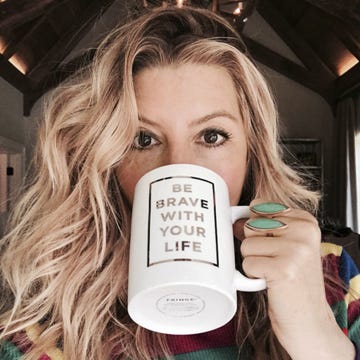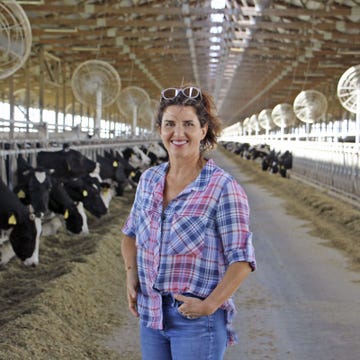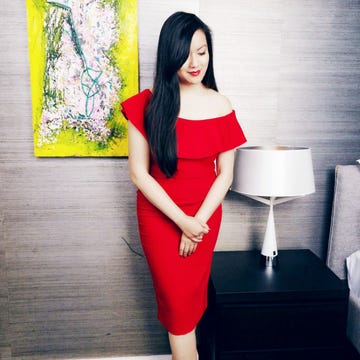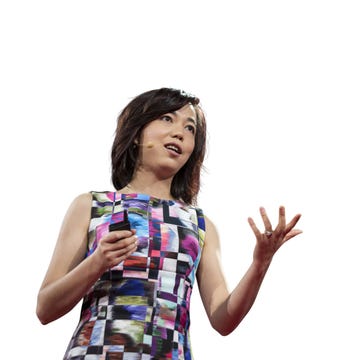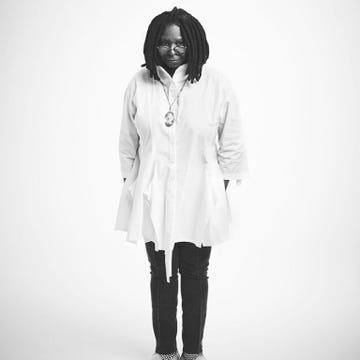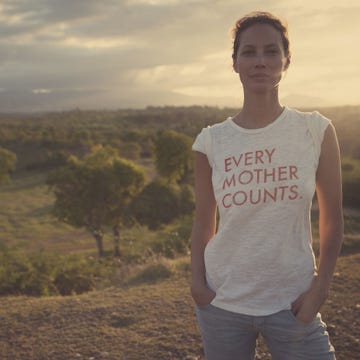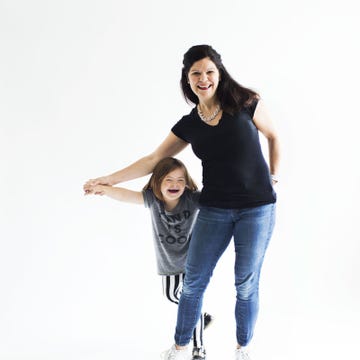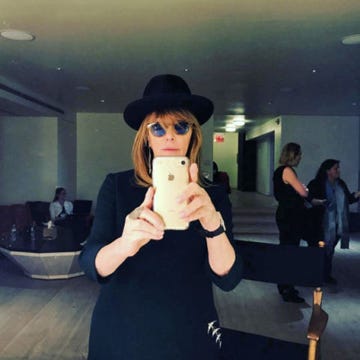Some kids dream of being princesses, but Tiera Guinn wanted to build rockets. In June 2016, she realized that dream when Boeing hired her to design and analyze the hardware for the largest NASA rocket ever created — one that's meant to take humans to Mars — before her recent graduation from MIT. "It's humbling to be a part of this moment in history," she says.
Early influences: Tiera's mom, a coupon clipper, and her dad, a construction worker, nurtured her natural love of math through grocery shopping and architecture. "It was so helpful, because a lot of kids see math only as numbers. They don't understand the application of it," says Tiera.
Kind cycle: A top student, Tiera still struggled with believing in herself, turning to her faith and family when she needed support. She then mentored fellow MIT students, something she plans to continue at Boeing. "I like to build women up one-on-one," she says.
Role model: Astronaut Mae Jemison, the first African-American woman in space.
Unsung talent: "I was head choreographer for an African dance team at MIT. It's kind of outlandish."
Success strategy: "Follow your passions and don't look to others for approval."
Favorite movie: Hidden Figures, which told the little-known true story of three black women at NASA who were the brains behind astronaut John Glenn's historic space orbit. "It encouraged me to be a successful black, female aerospace engineer who pulls other black females into the field."
Greatest hope: "It's important for there to be different perspectives in STEM, which starts with having people from all backgrounds, genders and races in the room."
This story originally appeared in the September 2017 issue of Good Housekeeping.


